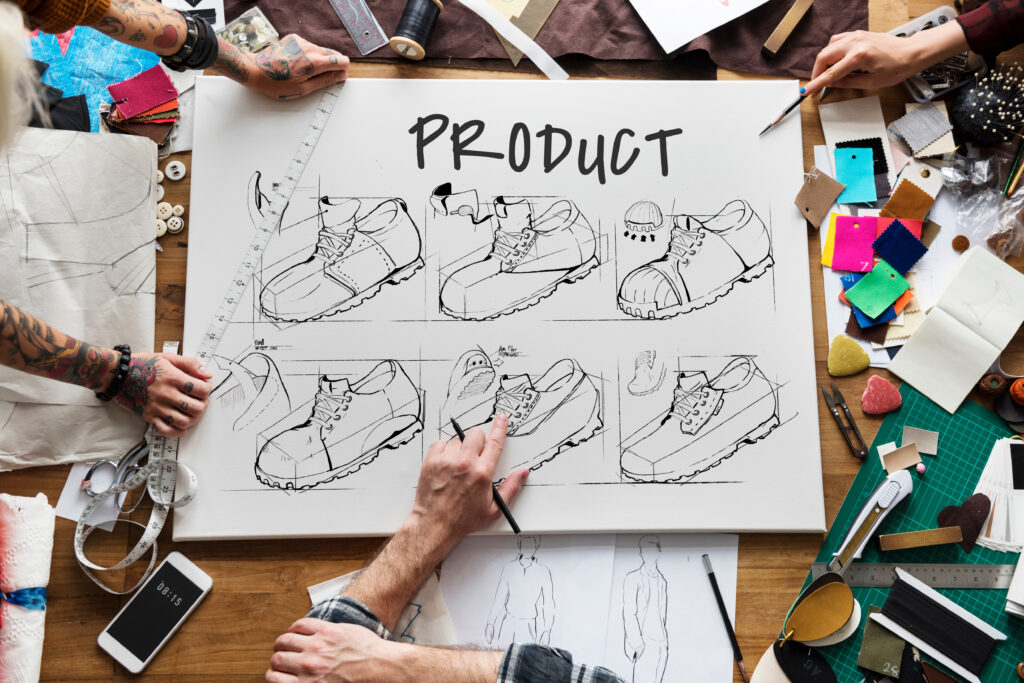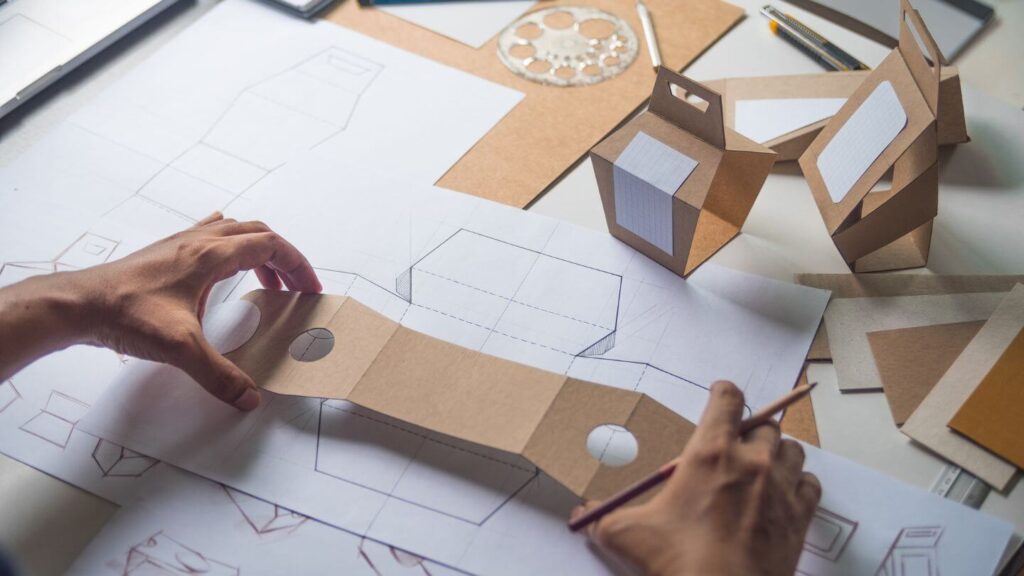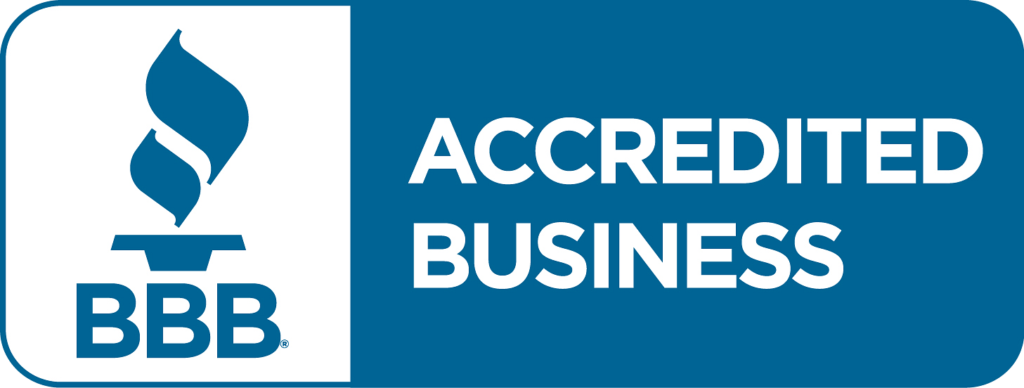Design Patent Applications
By Affordable Patent Agency, LLC
- Home
- Services
- Design Patent Applications
What are Design Patent Applications?

Looking for a Trusted Design Patent Application Agency?
Call Affordable Patent Agency, LLC
Design Patent Application Procedure

The Advantages of a Design Patent Application

Differences between Design and Utility Patents
Design and utility patents both provide intellectual property rights patents but protect different aspects of inventions. Here are the key differences between design patents and utility patents:
Design Patents:
- Focus: Design patents protect the ornamental design or visual appearance of an article of manufacture. They focus on how an object looks rather than how it works.
- What is Protected: Design patents protect specific and original visual features such as shapes, surface ornamentation, and decorative patterns. They cover the non-functional, aesthetic aspects of a functional product.
- Duration: The United States grants design patents a duration of 15 years from the date of their issuance.
- Application Process: Design patent applications require detailed drawings or illustrations of the design made in accordance with USPTO guidelines. The application process is generally shorter and less complex than utility patents.
- Infringement: An alleged infringer can violate a design patent by using the same design, regardless of whether they know about it. The focus is on the design’s overall visual impression rather than the product’s utility.
Utility Patents:
- Focus: Utility patents protect original, non-obvious, and useful processes, machines, manufactured items, or compositions of matter. They focus on the functionality, manufacturing process, or the invention itself.
- What is Protected: Utility patents cover many innovations, including inventions related to technology, processes, chemical compositions, machines, and methods.
- Duration: Utility patents last 20 years from the earliest priority date in the United States. For particular inventions, patent term extensions can apply.
- Application Process: Utility patent applications are more complex and require detailed descriptions of the invention, including how it works and its novel aspects. They often involve several claims defining the invention’s protection scope.
- Infringement: Infringement occurs when someone makes, imports, sells, or offers to sell an invention without the patent owner’s permission. Patent claims are the focus of infringement lawsuits.
In summary, design patents safeguard the visual appearance of an object, while utility patents protect the invention itself, how it works, and how it is manufactured. The choice between a design patent and a utility patent depends on the nature of the invention and what aspects of it you want to protect. Inventors or companies often pursue both design and utility patents for comprehensive protection. Consulting with a patent attorney can help determine the most suitable type of patent for a specific invention.
Legal Criteria or Requirements for Getting A Design Patent
1. Ornamental Design Patents
Ornamental design patents safeguard how something looks, unlike utility patents, which protect how it functions. They grant exclusive rights to the visual appeal of an invention, preventing others from copying its ornamental design. Well-known companies like Apple and Google use these patents to protect their product aesthetics. Inventors can establish a unique visual identity in the market and maintain a competitive edge with ornamental design patents. In essence, these patents focus on protecting the visual aspects of an object, including its shape, surface decorations, and overall appearance of manufactured valuable products.
2. Article of Manufacture
Utility of the Article of Manufacture:
Design Patent Application Preparation

When filing a design patent, you will provide detailed drawings showing the decorative features, use black and white with solid and broken lines, and include figure descriptions. Consider professional help from an affordable patent agency specializing in design patents for a smooth process and guidance on requirements. Proper preparation boosts your chances of securing strong patent protection for your unique and visually appealing creations.
1. Drawings with Solid and Broken Lines
Solid lines depict the patented design in patent drawings, while broken lines represent the surroundings. This distinction clarifies what’s protected and what’s not. Follow the rules for using them correctly: solid lines for the design’s details and sparingly used broken lines for context. This clear representation helps the patent examiner understand your design, improving your patent application’s success.
2. Surface Shading and Perspective Views
In design patents, perspective views and surface shading are crucial for visualizing the 3D nature of the design. Perspectives show shape and appeal from different angles, enhancing aesthetic focus. Surface shading adds depth and highlights form, making designs more accurate and appealing. Stippling is a versatile art technique that uses dots or minor marks to add detail and depth to drawings, often seen in illustration, graphic design, and fine art. Cross-sectional and perspective views make the information easier to understand and enhance clarity. These techniques enhance design representation, increasing the chances of patent protection.
3. Drawing Color Requirement
Generally, applicants submit design patent drawings in black and white. However, the patent office may accept color drawings if color is intrinsic to the design and the applicant provides a compelling explanation. However, it is essential to note that color drawings may incur additional processing costs.
4. Drawing Description
In a design patent application, figure descriptions are crucial as they comprehensively explain the included figures, aiding patent examiners and stakeholders in understanding the design’s intricate details. These descriptions typically specify the viewpoint depicted, emphasize key design components, and provide the context necessary to grasp the overall design fully.
5. Restriction Requirements and Figure Descriptions
Choosing the Number of Claims to File
Specification Writing

1. Creating a Design Patent Application Specification
Writing the specification for a design patent application is a crucial step in the patent process. It involves explicitly identifying the inventor, explaining each figure’s view, and including a single clear claim defining the design’s scope. A recommended specification format helps ensure the examiner comprehends the design’s qualities, enhancing the chances of obtaining patent protection for unique designs.
2. Selecting a Drawing Format
Selecting the proper drawing format is crucial in preparing a design patent application. Different drawing formats convey various design aspects, like perspective, orthographic views (front, side, top, and bottom), and line drawings with solid and broken lines. Surface shading can add depth and emphasize textures while following specific patent office standards, including scale, line thickness, and figure explanations, is essential. The drawings should be clear, easy to read, and accurately represent the design, ensuring a proper portrayal of the design’s appearance to the patent examiner.
3. Design Patent Application Submission
Various procedures are involved in submitting a design patent application to guarantee that your application is processed correctly and smoothly. Here’s a step-by-step tutorial to help you get started:
- Prepare your design: Make precise sketches or images of the design you want to protect. It is critical to highlight your design’s ornamental characteristics and aspects.
- Fill out the Design Patent Application Form: Complete the patent office’s design patent application forms. Give accurate information about yourself and a detailed design explanation.
- Include supporting documentation: Include any relevant documentation, such as formal drawings illustrating your design. These should meet the patent office’s criteria, including scale, line thickness, and figure descriptions.
- Pay the filing fee: Typically, design patent applications require a filing fee. Check with the patent office for the exact fee and include payment with your application. Requests for expedited inspection or numerous designs may incur additional expenses.
- Submit your application: Send your completed application to the patent office, along with the form, supporting documents, and money. You have the option to submit your application either electronically or via traditional mail.
- Keep track of your application’s progress: Keep a record of your application’s progress. To stay informed, you can check the current status of your application online or contact the patent office directly.
You can submit your design patent application if you follow these procedures and include all the essential information, papers, and fees.
Plant Patent Applications
Frequently Asked Questions
1. What is the primary purpose of filing a design patent application?
Answer: The primary purpose of filing a design patent application is to protect a product’s unique visual appearance or ornamental design. It protects against others copying, manufacturing, or selling products that infringe upon this specific design.
2. How does a design patent differ from other types, such as utility patents?
Answer: The primary purpose of filing a design patent application is to protect a product’s unique visual appearance or ornamental design. On the other hand, utility patent protects the invention itself, function, and how to make and use the invention. Both design and utility patents protect against others copying, manufacturing, or selling products that infringe upon this specific design.
3. Can you provide examples of products or innovations that benefit from design patent protection?
Answer: Products like consumer electronics (e.g., smartphones), automotive designs, fashion accessories, and even decorative patterns can benefit from design patent protection. For example, Google’s screenshots, Apple’s iPhone design and the distinctive shape of luxury handbags are notable cases where design patents have been used to safeguard the visual appeal of products.
Choose Affordable Patent Agency
Affordable Patent Agency, LLC
4131 N. Central Expressway, Suite 900, Dallas, TX 75204
(855) 444-1946
Our Services
Looking to Patent your Inventions & Innovations?
Choose Affordable Patent Agency for all your patent needs & applications.
Resources
Contact Details
- (855) 444-1946
- info.affordablepatent@gmail.com
- 4131 N. Central Expressway, Suite 900, Dallas, TX 75204
- 400 Washington Avenue, St. Louis, MO 63102
- Greenway/Upper Kirby, 24 Greenway Plaza, Suite 1800, Houston, Texas 77046
- 10201 S Padre Island Dr Suite 102, Corpus Christi, TX 78418
